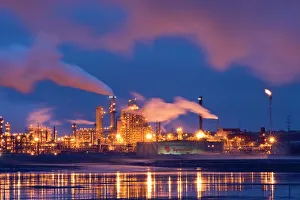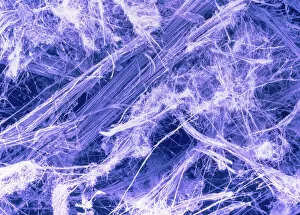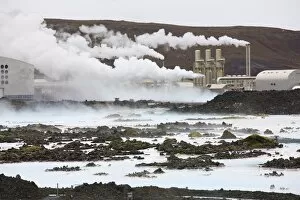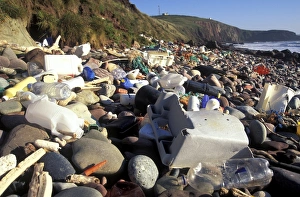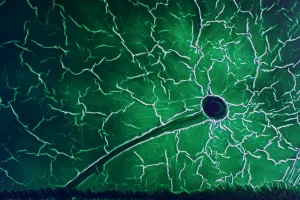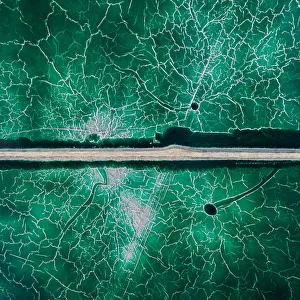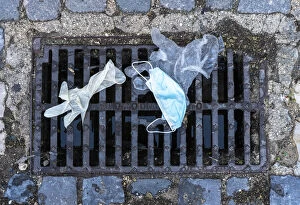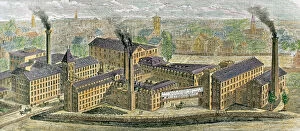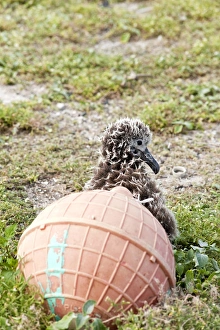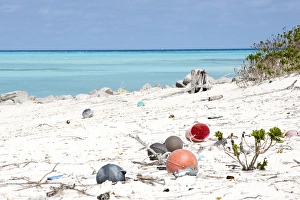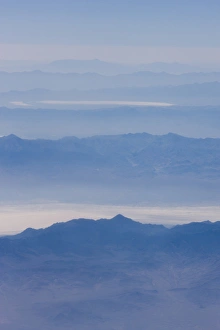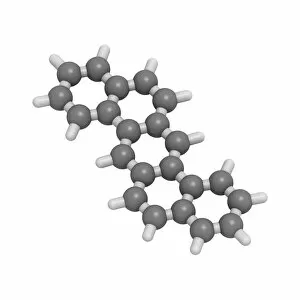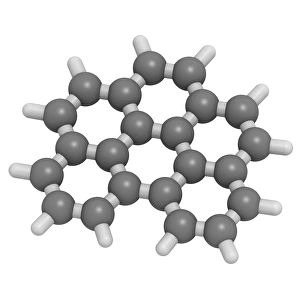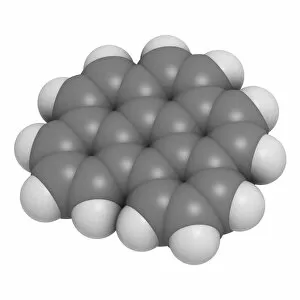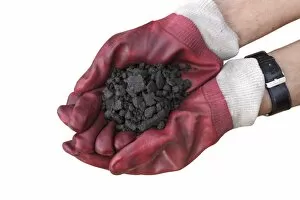Pollutant Collection
"Unveiling the Dark Side: Exploring the Multifaceted World of Pollutants" Oil refinery at night
All Professionally Made to Order for Quick Shipping
"Unveiling the Dark Side: Exploring the Multifaceted World of Pollutants" Oil refinery at night: A haunting reminder of the environmental consequences we face due to pollutants released by industrial activities. False col. SEM of crocidolite fibers: Peering into a microscopic world, these deadly asbestos fibers serve as a stark warning about the hidden dangers lurking in our surroundings. Svartsengi Geothermal plant, feeding The Blue Lagoon: While providing relaxation and rejuvenation for visitors, this geothermal plant raises concerns about potential pollutants that may find their way into Iceland's famous outdoor spa. DDT pesticide molecule: Unveiling the chemical structure behind one of history's most notorious pollutants, reminding us of its devastating impact on ecosystems and human health. Strandline plastic litter at Freshwater West, Pembrokeshire Coast National Park: A distressing sight showcasing how plastic pollution infiltrates even pristine natural landscapes, urging us to rethink our consumption habits. American Screw Company s. , United States Engraving (1884): An intriguing glimpse into industrial practices from over a century ago reminds us that pollution has long been an issue requiring attention and action. Crystallized patterns in an abandoned pond used for disposal: Nature's attempt to reclaim what was once polluted territory showcases both resilience and the need for responsible waste management practices. Service road crossing an abandoned pond used for disposal (13132609): This eerie scene serves as a poignant reminder that past actions can leave lasting scars on our environment if we fail to address them appropriately. 13132608 - 13132607 - 13132606: These enigmatic numbers represent unidentified locations where pollution persists silently; they symbolize countless sites worldwide still awaiting remediation efforts and restoration initiatives.

